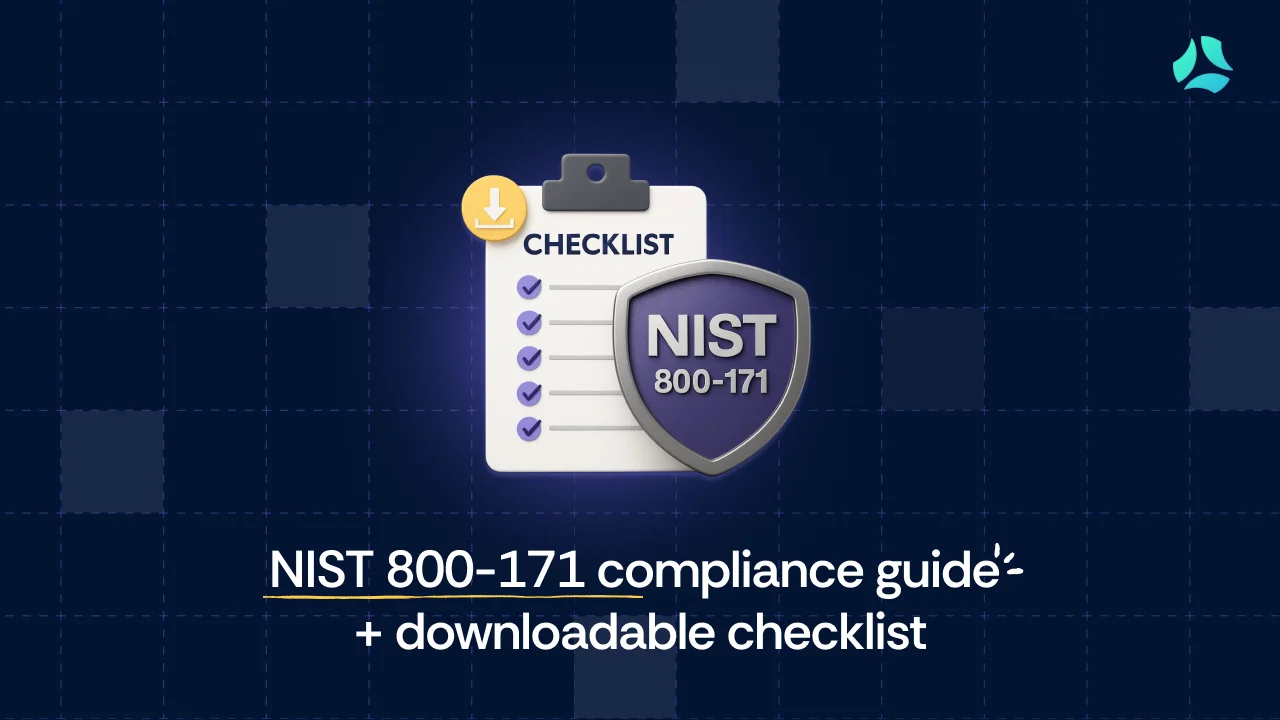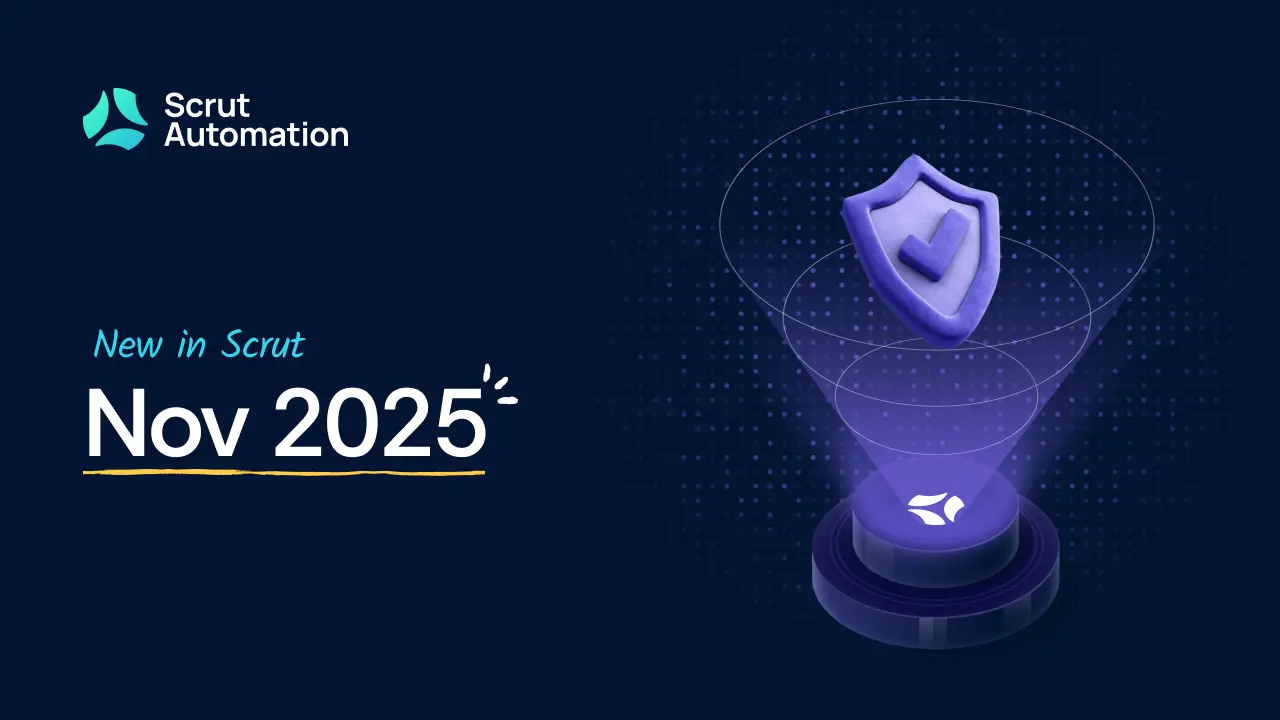Unlocking access reviews: How automation ensures compliance and bolsters security

Every organization must manage a growing number of users—employees, contractors, and third-party vendors—who require access to various applications and systems. However, access needs change over time as employees switch roles and vendor contracts expire. Without proper oversight, users may accumulate excessive privileges, heightening security and compliance risks.
Misused privileged accounts remain a leading cyberattack vector. Forrester Research estimates that 80% of security breaches involve the misuse of privileged credentials. The 2023 Verizon Data Breach Investigations Report (DBIR) further found that nearly 40% of unauthorized system access incidents stemmed from outdated permissions and poor access control.
To mitigate these risks, organizations must conduct regular access reviews—a process that ensures only authorized users retain permissions. Compliance frameworks like SOC 2, ISO 27001, HIPAA, and GDPR mandate periodic reviews to prevent unauthorized access.
However, manual access reviews using spreadsheets, emails, and disconnected processes are highly inefficient. Mistakes happen, reviews get delayed, and orphaned accounts remain active, posing major security threats.
The solution? Automating access reviews. An automated system pulls live user access data, assigns reviews to the right stakeholders, flags high-risk accounts, and generates compliance-ready reports—saving time and enhancing security.
In this guide, we’ll explore:
- The challenges of manual access reviews
- How automation improves security and compliance
- The key features of an automated access review system
What are access reviews?
Access reviews are systematic evaluations of user permissions across an organization. They ensure that each individual has only the access necessary for their role, in line with the principle of least privilege.
This concept mandates that users are granted only the minimum permissions required to perform their duties, reducing the risk of unauthorized access and minimizing potential security breaches.
By implementing access reviews based on the principle of least privilege, organizations can effectively lower security risks and maintain compliance with regulatory standards.
Components and objectives
Access reviews typically involve:
- Reviewing user access rights: Examining who has access to which systems and data.
- Evaluating permissions: Assessing whether current access levels align with job responsibilities.
- Identifying gaps: Spotting outdated, excessive, or unnecessary access that could pose a security risk.
- Revoking or adjusting permissions: Making necessary changes to restrict unauthorized access and maintain compliance.
Types of access reviews
- Periodic reviews: Regularly scheduled assessments (e.g., quarterly or annually) to systematically verify access rights.
- Ad hoc reviews: Triggered by specific events such as employee role changes, terminations, or security incidents.
- Role-based reviews: Focus on evaluating the permissions assigned to specific roles rather than individual users.
- Continuous reviews: Leveraging automation to monitor and update access rights in real time, ensuring ongoing compliance.
These elements collectively help organizations maintain a secure and compliant access management system.
Why are access reviews important?
Access reviews form a cornerstone of any robust data security framework, offering a comprehensive approach that addresses compliance mandates, security risks, and operational efficiency.

Compliance requirements
Regular access reviews help organizations meet regulatory mandates and maintain data governance by:
- Ensuring that only authorized personnel have access to sensitive systems and data.
- Meeting compliance requirements for frameworks such as GDPR, HIPAA, SOX, ISO 27001, and SOC 2.
- Reducing the risk of non-compliance penalties and regulatory scrutiny.
- Strengthening audit readiness with structured, documented reviews.

Security benefits
A well-executed access review process enhances security by:
- Preventing unauthorized access by detecting excessive, outdated, or orphaned permissions.
- Reducing insider threats by flagging privileged accounts with unnecessary access.
- Identifying high-risk users, such as ex-employees who still have access or inactive accounts.
- Minimizing breach risks by enforcing the principle of least privilege and removing unnecessary access rights.
Operational impact
Access reviews streamline internal processes and boost efficiency by:
- Automating permission management, reducing manual errors and administrative workload.
- Enhancing visibility into access patterns across multiple applications and IT systems.
- Minimizing disruptions during audits with audit-ready reports and real-time tracking.
- Freeing up IT and security teams to focus on strategic security initiatives rather than manual reviews.
When should you use access reviews?
You should use access reviews in these cases:

1. Too many privileged users: Periodically verify the number of users with administrative privileges. Regularly review key roles to ensure that only those who genuinely require elevated access retain it. This includes checking for temporary or guest users who were granted administrative rights for specific tasks and ensuring their access is revoked when no longer needed.
2. When automation falls short: While dynamic rules can manage group memberships automatically, gaps may arise when critical HR data isn’t integrated or when users retain access beyond their departure. In such cases, conducting a manual review of group memberships ensures that only the appropriate users maintain access.
3. When repurposing a group: If a group is being reconfigured for a new application or service, it’s prudent to have the group owner review its membership before its new use. This step helps verify that the group contains only relevant users, reducing potential security risks.
4. For business-critical data: Certain sensitive resources require regular reconfirmation of user access. Compliance policies may mandate that users periodically justify their continued access to these critical assets, ensuring that only those with a legitimate need are granted entry.
5. Maintaining an exception list: Although all users should ideally adhere to access policies, there are often valid business reasons to make exceptions. Regularly reviewing these exception lists helps manage deviations, providing auditors with documented evidence that such exceptions are continually monitored and justified.
6. Validating guest access: Employee access might be managed automatically, but guest access often needs a manual review. Group owners should routinely confirm that guests still have a legitimate business need for access, especially when dealing with sensitive content.
7. Recurring reviews: Implement recurring access reviews at regular intervals—such as weekly, monthly, quarterly, or annually—to maintain up-to-date permissions. Automated notifications can prompt reviewers at the start of each cycle, allowing them to approve or deny access with the support of smart recommendations.
This approach ensures that access remains tightly controlled, minimizes security risks, and supports compliance with regulatory requirements—all while reducing the burden on your IT and security teams.
How are access reviews conducted?
Access reviews are typically carried out in a series of well-defined steps:
1. Define scope and objectives: Security teams begin by determining the scope of the review—identifying the systems and data that require examination for security purposes.
2. Gather user access data: The next step involves collecting user access data from various sources such as IAM systems, databases, and directories. This data provides the foundation for the review.
3. Select qualified reviewers: Experienced members of the access governance team, who understand the organization’s access policies and the relevant systems, are chosen to conduct the reviews.
4. Compare and analyze access rights: The collected access rights, roles, and permissions are compared against predefined policies and business needs. This comparison helps identify discrepancies and potential security risks.
5. Document findings: Every finding from the review process is meticulously documented. This documentation logs all activities and highlights any common security risks, serving as an essential record for future audits.
How should access review results be analyzed?
Once the access review is complete, the next step is to analyze the results. This involves:
- Identifying patterns and anomalies: Security teams should look for trends that deviate from normal access behavior. For example, if a user begins accessing sensitive information unusually frequently or in an unexpected manner, it could indicate a potential security threat.
- Comparative analysis: By comparing current access patterns with historical data, teams can spot irregularities that may signal unauthorized or risky access. This proactive analysis is crucial for the early detection of potential security issues.
What are the best practices for access reviews?
To ensure access reviews are both effective and efficient, organizations should follow these best practices:

1. Regular reviews: Conduct access reviews on a scheduled basis, as job roles and employee statuses change frequently. Regular reviews help maintain an up-to-date inventory of access policies and controls, ensuring alignment with industry standards and business needs.
2. Adopt a Role-Based Access Control (RBAC) Model: Assign permissions based on users’ job roles to enforce the principle of least privilege. RBAC is a simple yet powerful model that ensures users only have access to what is necessary for their roles.
3. Embrace automation: Given the complexity and resource-intensive nature of manual reviews, automation is key. Automating access reviews not only saves time and reduces errors but also streamlines the entire process, allowing teams to focus on strategic initiatives.
4. Employee training: Regular training ensures that everyone involved understands the importance of access governance and follows best practices. Well-informed employees are crucial to maintaining a robust access control environment.
5. Documentation and reporting: Thorough documentation is vital for security audits and compliance. Detailed records of access changes create a robust audit trail, while automation minimizes errors and provides real-time insights, reinforcing your commitment to data security.
The challenges of manual access reviews

1. Time-consuming and error-prone: Managing access reviews manually requires human reviewers to sift through spreadsheets, emails, and disconnected systems to verify user permissions. This labor-intensive process is not only slow but also prone to errors, increasing the risk of oversight.
2. Complex IT environments: Modern IT systems consist of numerous applications, databases, and platforms, making it difficult to track and review all user access rights. Without centralized visibility, organizations may overlook unauthorized access, leading to security and compliance risks.
3. Lack of access control tools: Many organizations struggle with inadequate tools to track user access, resulting in inefficient, error-prone processes that leave gaps in security.
4. High employee turnover: Frequent staff changes create challenges in revoking access promptly. Without automated processes, departing employees may retain access longer than necessary, increasing security risks.
5. User disgruntlement due to access changes: Employees may feel frustrated when their access is revoked or altered, even when necessary for security. This dissatisfaction can impact productivity and lead to resistance to security policies.
Without an efficient access review process, organizations struggle to maintain an accurate view of who has access to what, increasing the likelihood of unauthorized access, compliance gaps, and regulatory risks.
Why manual access reviews put your organization at risk

1. Compliance violations: Inconsistent or delayed access reviews can result in non-compliance with regulatory requirements, exposing the organization to fines and reputational damage.
2. Increased security risks: Outdated or excessive permissions create exploitable vulnerabilities, increasing the risk of data breaches and insider threats.
3. Slower audit processes: Manually tracking and verifying access data is resource-intensive, delaying audits and burdening IT and compliance teams.
By adopting automated access review solutions, organizations can streamline these processes, reduce security risks, and maintain regulatory compliance with minimal manual effort.
Evolving trends in access reviews
The top evolving trends in access reviews are:
AI and predictive analytics
Emerging technologies like artificial intelligence and predictive analytics are transforming access reviews today. Advanced algorithms analyze user behavior to forecast potential security risks and flag anomalous access before issues arise, enhancing risk detection and continuously refining the review process.
Continuous compliance
The traditional model of periodic reviews is evolving into continuous compliance. Real-time monitoring and automated risk assessments allow organizations to maintain a constant, up-to-date view of user access. This ongoing approach minimizes the window for unauthorized access and significantly strengthens overall security.
Integration with broader security ecosystems
Access review solutions are increasingly integrating with broader security and IT management platforms. This unified approach correlates access data with threat intelligence, vulnerability management, and overall security operations, breaking down silos between compliance, risk management, and cybersecurity for a more holistic defense strategy.
Enhance your access reviews with Scrut
Access reviews are essential for maintaining robust data security and compliance. They help ensure that only authorized users have access to critical systems, preventing unauthorized access and reducing insider threats. However, manual reviews can be complex, error-prone, and resource-intensive.
Now is the time to assess your current access review process. Are you relying on manual methods that may leave gaps in your security? Consider how automation and real-time monitoring can enhance your compliance efforts and reduce risks.
Empower your organization with Scrut’s Access Review Module. Replace cumbersome manual processes with our automated, real-time solution that streamlines access reviews, automates documentation, and keeps you continuously audit-ready.
Frequently Asked Questions
1. What are access reviews?
Access reviews are systematic evaluations of user permissions that ensure individuals only have the access necessary for their roles, helping to maintain security and compliance.
2. Why are access reviews important?
They help prevent unauthorized access, reduce insider threats, support regulatory compliance, and streamline operational efficiency by ensuring access rights remain current and appropriate.
3. How often should access reviews be conducted?
The frequency depends on your organization’s needs and regulatory requirements. Common practices range from quarterly to annually, with continuous monitoring emerging as a best practice for real-time oversight.
4. What are the common challenges of manual access reviews?
Manual reviews can be time-consuming, error-prone, and resource-intensive, often leading to oversight and delayed detection of outdated or excessive permissions.
5. How can automation improve access reviews?
Automation streamlines the process by integrating with key systems, reducing manual errors, enabling real-time monitoring and reporting, and ensuring that compliance efforts are consistently maintained.


















